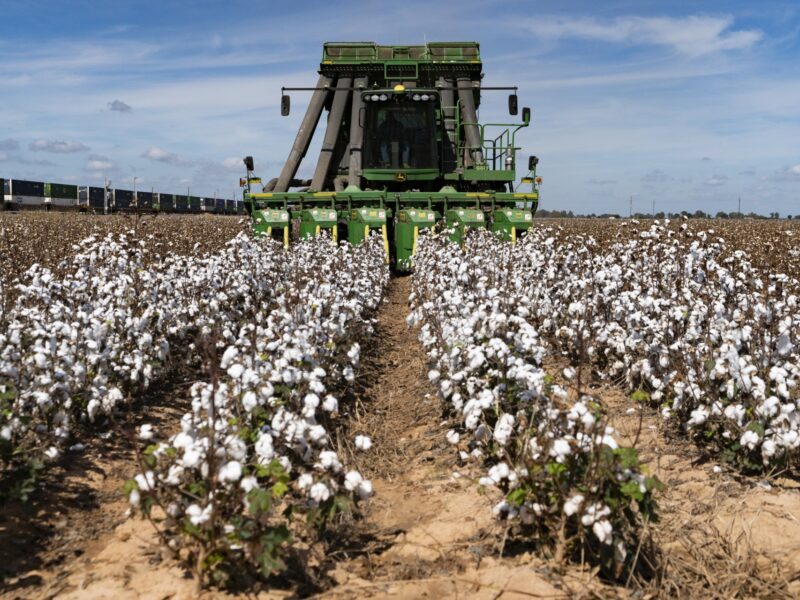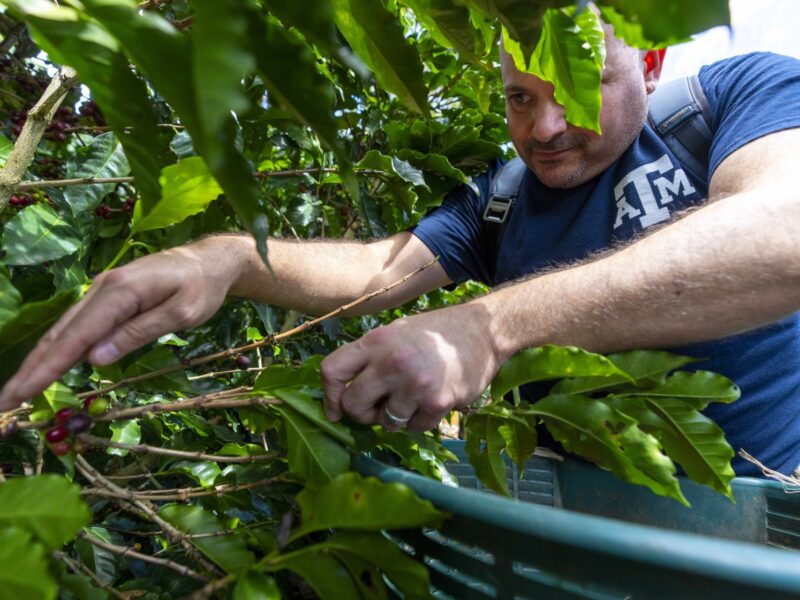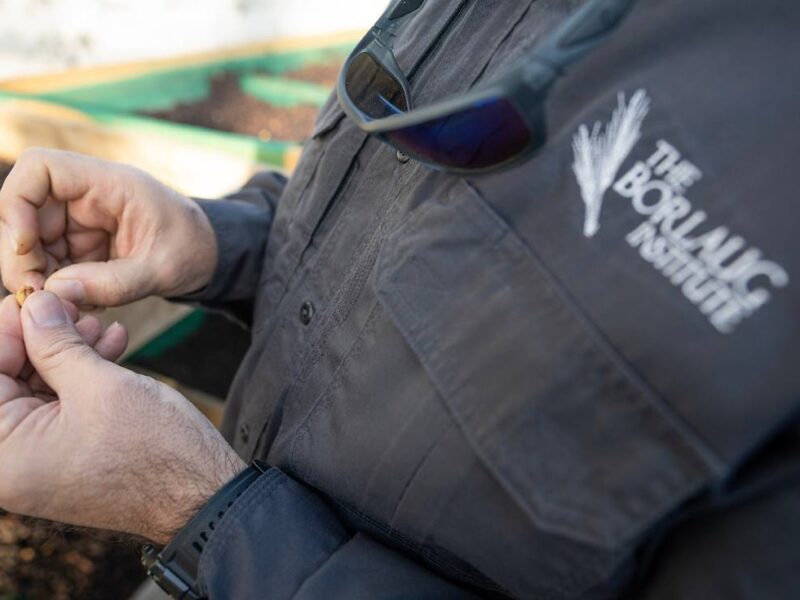Texas Christmas Tree Growers Expect Another Good Year For Live Tree Sales
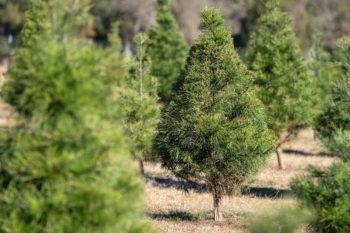
It looks like Texas Christmas tree sales will be getting a boost this year, according to a Texas A&M AgriLife* expert and others associated with the industry.
Fred Raley, tree improvement coordinator with the Texas A&M Forest Service, is among those anticipating an increase in Christmas tree purchases in Texas, and elsewhere, this year.
“Since COVID, there have been far fewer family gatherings around the Christmas holidays,” he said. “As a result, there has been an increased desire for families to get together — and to have a Christmas tree as a centerpiece of that gathering. Even with COVID still around and CDC guidelines in place, the desire — and demand — is still there.”
But the demand will likely be for not just any Christmas tree, Raley said. There will be a much greater demand for live Christmas trees, as many people consider them the quintessential symbol of the holidays.
“People like to select their own Christmas tree, and there are many locations throughout the state where they can choose their tree and have it cut,” he said. “For many families, there is nothing like choosing your own tree and having the smell and feel of a live Christmas tree. It’s part of a Rockwellian view of a family Christmas that many people seem to be wanting to continue or recapture.”
He also noted that almost all artificial Christmas trees are imported, and live trees have the benefit of being entirely biodegradable.
Texas Christmas Tree Production And Pricing
According to the Texas Christmas Tree Growers Association (TCTGA), there are 175 Christmas tree farms in Texas producing some 200,000 trees annually on about 2,500 acres statewide.
This year, the live Christmas tree industry in Texas has had its challenges from drought to rising production input costs, but TCTGA Executive Secretary Stan Reed said he does not expect to see any drastic price increases on Texas-grown trees.
“Prices will vary depending on the size and type of tree and may be a little higher than last year,” he said. “But generally, there should be no big price increases. However, where you may find higher prices is for those trees that are grown out of state and then brought into Texas, as they will have additional costs associated with transportation.”
Spring Creek Growers, a family operation in southwestern Montgomery County, grows and harvests Virginia pine and Leyland cypress trees for the Christmas season on about 30 acres. It offers choose-and-cut, pre-cut and live trees.
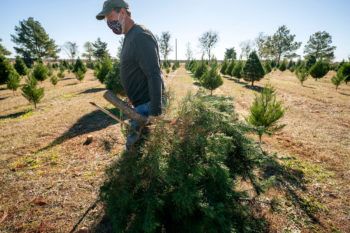
Bob Jones, co-owner of Spring Creek Growers with his wife, Carla, said the drought did not significantly affect production this year.
“We have about 12,000 trees on site,” he said. “And because we irrigate, there was no real impact on production from the drought, but we did have additional water costs from the irrigation.”
Jones also noted the increase in costs over the past year for herbicides and other chemical inputs such as fertilizer.
“Our chemical input costs generally went up about 15% across the board and the cost of fertilizer has doubled,” he said. “But we are doing what we can to continue to make our live trees affordable, even if that takes away from our profit margin.”
Jones said trees grown at his farm will likely have a 5-6% increase over last year, while trees brought in from out of state to his operation will have higher price increases.
“We bring in some Frasier pines and nobles from out of state to give the consumers more variety,” he said. “These trees will likely cost 10-12% more this year, due to higher input costs combined with the rising cost of transportation.”
Jones said based on the number of phone calls and emails Spring Creek Growers has received to date, he expects this year to be a very strong one for consumers to purchase live trees.
“We had a banner year last year and expect to have another really good year this year,” he said. “People choose a live tree for Christmas so they can have variety from year to year instead of pulling out and putting up same artificial tree every year. They also enjoy coming to the farm and choosing their own tree. In that regard, we provide more than just Christmas trees, we provide a complete experience for the family.”
Christmas Tree Popularity
The most widely grown live Christmas tree species in Texas are the Virginia pine, Leyland cypress, Afghan pine and Arizona cypress.
Raley said the best-selling and most popular live Christmas tree species is the Virginia pine. because it grows well throughout the state.
“Virginia pine trees were selected by the Texas Christmas Tree Growers Association for their survivability, growth and form,” he said. “They are also favored for their ability to grow across the state, which is crucial in Texas as more than 90% of all forested land is privately owned.”
However, he said, there has been an increased interest in other tree species, particularly the Afghan pine.
“Afghan pines grow well in Central Texas, and that’s the area from where most of the increased consumer interest has come,” he said. “But there has also been growing interest in other species as live Christmas tree selections.”
Raley said the Tree Improvement Program is working with industry and growers to provide seeds and technical assistance in finding additional tree species that may be grown successfully in the state and offer consumers even more options when selecting their live Christmas tree.
Reed said for those wanting to buy a live Christmas tree, his best advice is to shop early.
“If you wait until the second or third week of December to buy, you’ll have a limited selection of Christmas tree types and sizes,” he said. “It’s best to buy early. If you properly water and maintain your live tree, it will easily last through Christmas.”
* This link is no longer active and has been removed.
This article by Paul Schattenberg originally appeared on AgriLife Today.
